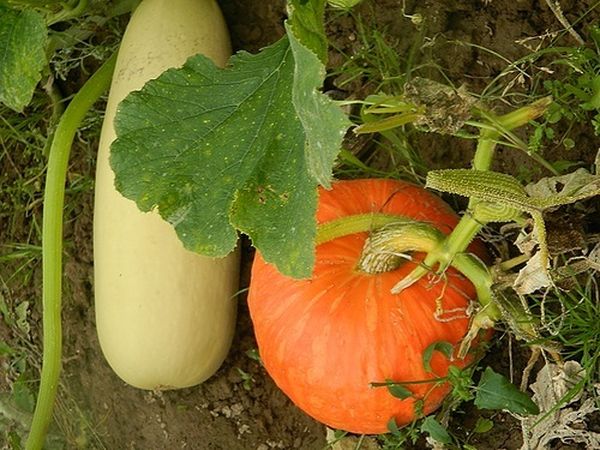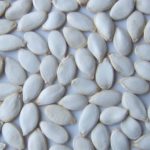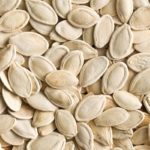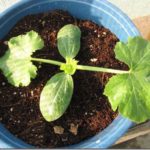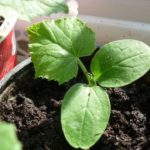In the period when the seedlings before planting in the ground is in close space, and you have to rearrange the pots, it is possible to confuse some cultures. If you can distinguish pepper and tomatoes from zucchini and cabbage, then it is quite difficult to distinguish a pumpkin from zucchini even for an experienced gardener.
Pumpkin and zucchini are related plants, and belong to the same species. Seeds and young shoots are so similar that it is easy to mix up. It can not be left as you can not sit near.
Table of contents
The main differences
You can distinguish:
- at seed level;
- first shoots;
- with the growth of these leaves;
- at the time of transplantation;
- at the time of formation of a whip and a set of colors;
- after the start of the formation of fruits.
Seed difference
- Zucchini seeds are longer
- Pumpkin seeds rounded
You can remember what they look like. zucchini seeds in one beautiful way - longer than pumpkin seeds, like the zucchini itself, unlike a pumpkin.
The main characteristics of the seeds of these crops, and the difference:
- have zucchini more elongated, oval, and pumpkin rounded, with a less noticeable "nose";
- the zucchini is whiter, and have whiteness with some patina, like plaster;
- pumpkin is softer, their skin is easily scraped off with a fingernail, does not become like bark, like a pumpkin. The skin of pumpkin seeds, if it is scraped off a little, leaves a hard thin layer, like an eggshell;
- if you slightly soak the seeds in water, the seeds of the zucchini remain lighter than the pumpkin seeds, which are clearly turning yellow.
If you leave your seeds for seedlings for next year, keep them in homemade paper bags. And before you dry the seeds, do not rinse them excessively, so that a little dry pulp remains on the seeds, this will help to sort out in case of confusion.
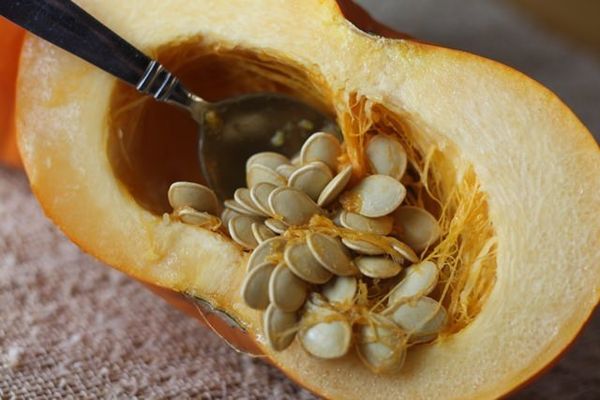
Seedling difference
How to distinguish sprouted seedlings on the first cotyledonous leaves, and a full first leaf, they know a few. Even experienced gardeners rarely pay attention to differences, but if you take a closer look at them once, remember them, and this question will not arise again.
Crop seedlings are different:
- on cotyledon leaves - continue to form a seed. The zucchini is narrow and longer, the opposite of pumpkin. If you have one and another culture, substituting them next, you will immediately understand who is who;
- pumpkin seedlings are always stronger and more dense. Less prone to pulling, and darker;
- pumpkin seedlings are tougher and more powerful;
- zucchini leaves are more dissected, thinner to the light, in contrast to the second culture, the leaves of which are round and dense;
- the first leaf of the pumpkin does not have an acute anglelike a zucchini leaf.
- Cotyledons zucchini leaves are longer and narrower
- Pumpkin seedlings - on the contrary
Similarities squash and pumpkin
Some varieties are very difficult to distinguish, especially varieties of oval light pumpkins. Their seedlings also have quite a few similarities. The seeds are less rounded, and lighter. It is better to distinguish such varieties of seeds, and to sign immediately, during the collection and drying.
If you do not pay attention to small things, the seeds of crops are similar, like the first shoots, and even with the appearance of the first flowers, you can doubt what kind of crop you have in the garden.
How not to mix seedlings
At the time of planting seeds, many simply sign the pots. From moisture and water inscriptions fade and rub off. How to avoid these problems and save time for unraveling the rebuses?
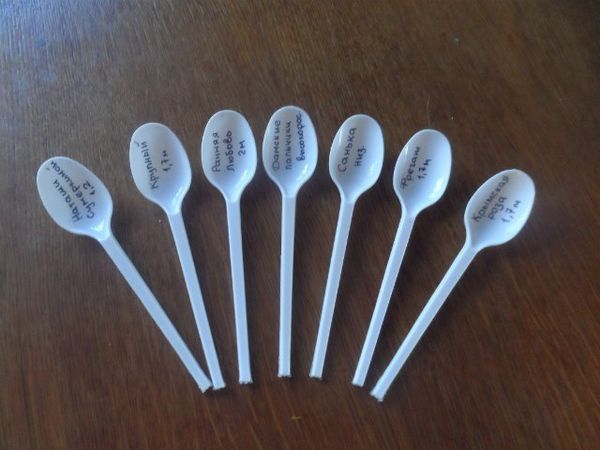
There are several tried ways:
- It is necessary to keep the seedlings in different places, if possible, even in different rooms, as they sometimes bloom before planting in the ground, and may over-pollinate.
- Sign pots with a waterproof marker, and paper over tape - so the water will not appear under the film. Inscriptions must be different.
- Put multicolored sticks in the pot, which, moreover, it is convenient to loosen the earth in the pot before watering.
- Each seed must be sown. in a separate pot, as sprouts do not tolerate rupture of the root system during transplantation. Ideally, sow seeds in peat pots, which can be immediately placed in the hole.
- If you have already mixed up, pay attention to the fact that the pumpkin is a stronger, more powerful plant, it looks darker and the leaf is round. Sign and post them into different rooms.
Is it possible to plant a pumpkin and zucchini next
These are plants of one kind, and easy to pollinate. If you accidentally planted them on the same bed, and during flowering and the formation of the fruit, you noticed that these are different cultures, you should not plant them, as an adult plant is unlikely to tolerate the transplant.
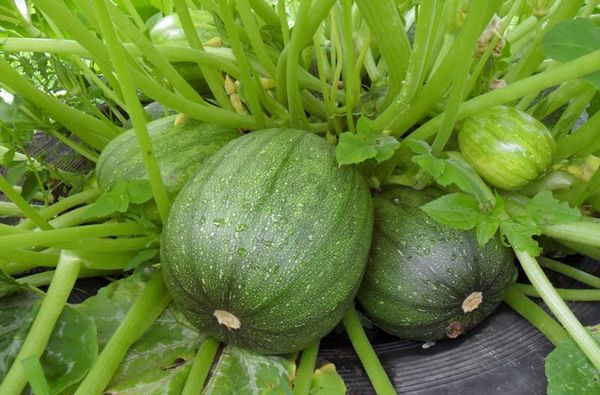
Also, if you do not plan to collect seeds, and buy new ones every year, there is no need to worry - no changes will happen to them, the only thing - they can change in size and slightly change shape.
The usual practice of gardeners is to plant the plants in the distance. more than 20 meters gives its advantages, provided that there is a third culture between cultures. Putting them together on the same bed can not be.
If you grow these vegetables nearby, and leave the seeds from them, next year will change the shape and taste of the fruit. Zucchini will become more round, with hard skin, and change the color of the pulp. Pumpkin on the contrary - will become more oval, lighter, and lose its taste to neutral.
Seeds will change and lose their external differences. Vegetables will be something middle between the one and the other. Such a "selection" is undesirable, since it leads to a complete loss of culture as such.
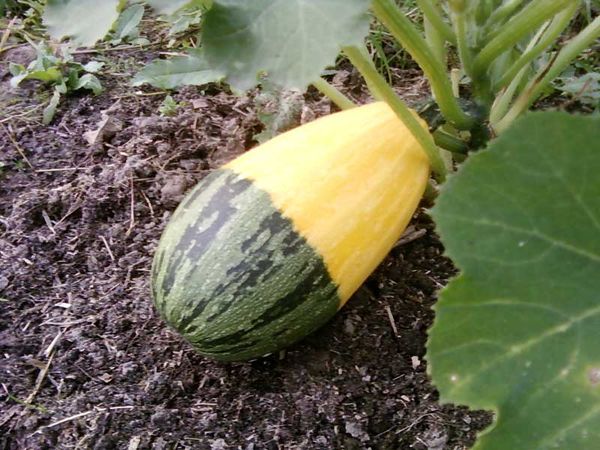
If you are trying to preserve the variety, follow the rules of planting, do not allow crossing. And you will always have healthy vegetables with original tastes and color.
If you buy seeds every year, there is no need to worry about this, since in one year there will be no changes with your favorite vegetables.
